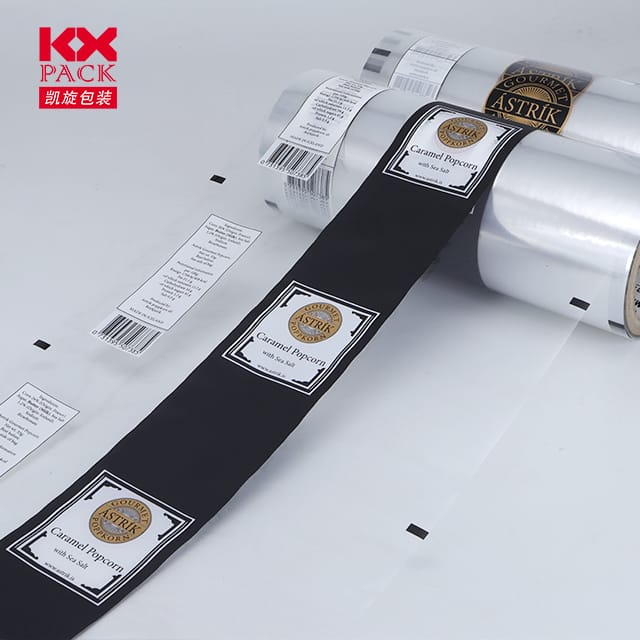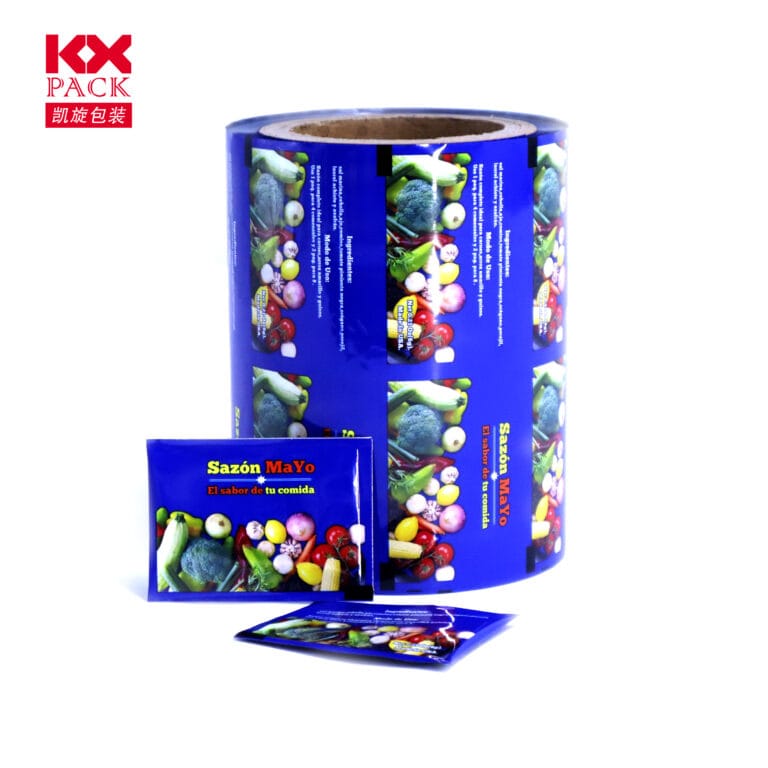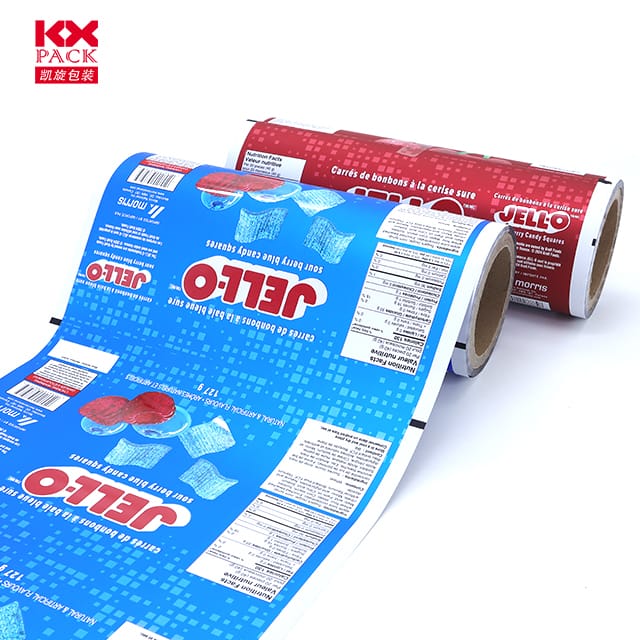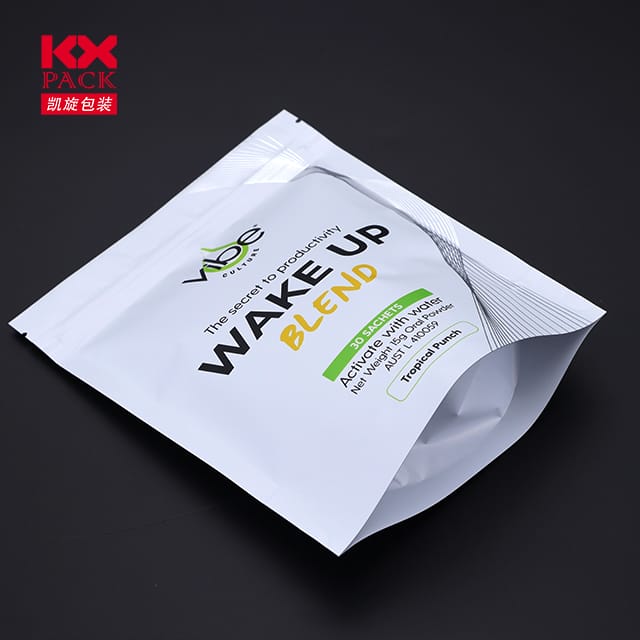Восстание гибкой упаковочной пленки: Где инновации соответствуют устойчивости
Печатная гибкая упаковочная пленка
В эпоху, когда потребители требуют как визуальной привлекательности, так и экологической ответственности., Печатная гибкая упаковочная пленка стал переломным моментом. Этот динамический материал сочетает в себе высокоэффективный брендинг с функциональными преимуществами, Преобразование того, как упакованы продукты, продается, и потребляется. Давайте рассмотрим, почему эта технология меняет отрасли, и почему она здесь, чтобы остаться.
Почему печатная гибкая упаковочная пленка? Многогранное преимущество
- Дифференциация бренда на уровне полки
Гибкие пленки с печатью позволяют брендам создавать привлекательные дизайны с 10-возможности цветной печати, от ярких градиентов до матового покрытия. В отличие от традиционных этикеток, графика печатается непосредственно на пленке, устранение рисков потертостей и обеспечение стабильного качества. Например, бренды закусок используют термоусадочные пленки для упаковки изделий неправильной формы, достижение брендинга на 360 градусов, который будет выделяться в переполненных проходах. - Устойчивое развитие и производительность
Мировой рынок печатной гибкой упаковки, ценится в $101.48 миллиард в 2025, по прогнозам, будет расти в 5.84% Кагр через 2030. Этот всплеск вызван спросом на перерабатываемые и биоразлагаемые материалы.. Инновации вроде Бопп (Двухосно -ориентированный полипропилен) Фильмы теперь предлагают варианты, пригодные для вторичной переработки без ущерба для барьерных свойств, сокращение пищевых отходов до 30% за счет увеличения срока хранения. - Экономическая эффективность для крупносерийного производства
Флексографическая печать остается доминирующим методом для больших тиражей., учет 46.73% доли рынка в 2024 благодаря своей экономичности. Однако, Цифровая печать набирает обороты, возможность настройки по требованию для брендов электронной коммерции. Гибридные системы, сочетающие оба метода, становятся идеальным вариантом для обеспечения гибкости и масштабирования..
Ключевые приложения: От продуктов питания до фармацевтики
- Еда & Напиток:
Стоячие пакеты с носиком заменяют жесткие контейнеры для соусов и детского питания., предлагая портативность и возможность повторного закрытия. Ретортируемые пленки выдерживать высокотемпературную стерилизацию, обеспечение безопасности готовых блюд. - Здравоохранение & Личная гигиена:
Холодная упаковка, используется для термочувствительного шоколада и фармацевтических препаратов, использует печатные пленки с точными регистрационными метками для совмещения печатей с графикой, сохранение целостности продукта. - Электронная коммерция:
Цифровая печать позволяет размещать серийные коды и рекламные акции с географической ориентацией на почтовых пакетах., улучшение отслеживания цепочки поставок и вовлечения клиентов.(Печатная гибкая упаковочная пленка)
Технологические достижения, движущие рынок
- Материальные инновации:
- Металлизированные пленки: Добавьте премиальный вид, блокируя ультрафиолет и кислород..
- Высокоусадочные пленки: Плотно прилегайте к изделиям для гладкого внешнего вида.
- Компостируемые фильмы: Сделано из растительных полимеров, они разлагаются внутри 180 дней в промышленных условиях.
- Методы печати:
- Флексография: Идеально подходит для больших партий, с пластинами, живущими до 1 миллион показов.
- Глубокая печать: Предлагает непревзойденную детализацию для упаковки высококачественной косметики..
- Цифровая струйная печать: Сокращает время установки на 70%, идеально подходит для небольших партий.
- Интеграция умной упаковки:
Печатные пленки теперь включают в себя QR -коды и Теги NFC для интерактивного опыта, например, отслеживание выбросов углекислого газа или открытие рецептов.
Проблемы & Перспективы на будущее
Несмотря на свое обещание, отрасль сталкивается с препятствиями:
- Утилизация инфраструктуры: Только 14% гибкой упаковки перерабатывается во всем мире, за счет многослойной структуры.
- Соответствие нормативным требованиям: Бренды должны ориентироваться на развивающиеся стандарты, такие как стандарты ЕС. Директива об одноразовых пластмассах.
Еще, будущее светлое. К 2028, ожидается, что рынок достигнет$341.6 миллиард, подпитываемый:
- Устойчивые субстраты: Пленки PE и PLA на биологической основе..
- Усовершенствованные клеи: Варианты на водной основе и без растворителей для облегчения переработки..
- Проектирование, управляемое искусственным интеллектом: Инструменты, которые оптимизируют использование чернил и сокращают отходы.
Заключение: Полотно для инноваций
Печатная гибкая упаковочная пленка — это больше, чем просто контейнер — это стратегический инструмент, позволяющий брендам рассказывать свою историю., уменьшить воздействие на окружающую среду, и соответствовать меняющимся ожиданиям потребителей. По мере развития технологий, ожидайте увидеть еще больше креативных приложений, от съедобных чернил до самовосстанавливающихся материалов.
Для компаний, стремящихся оставаться впереди, сообщение ясно: Используйте гибкость, печатать целенаправленно, и упаковать экологично. Будущее упаковки не просто гибкое, оно интеллектуальное.
Что вы думаете о печатной гибкой упаковочной пленке?? Поделитесь своими мыслями в комментариях ниже! 🌍✨







